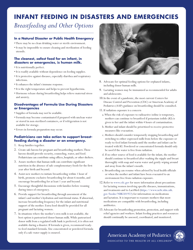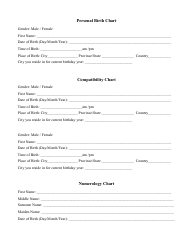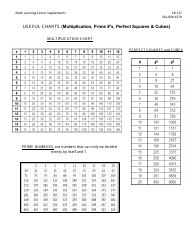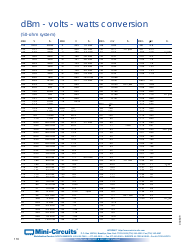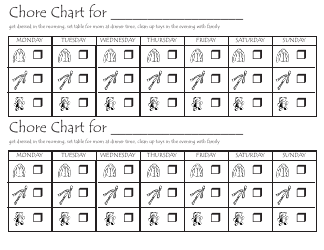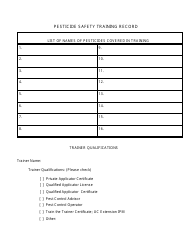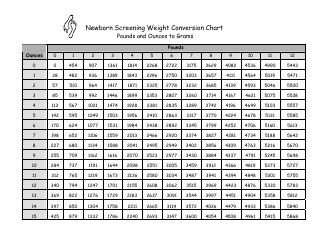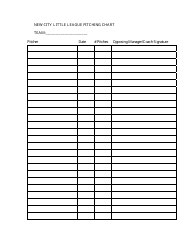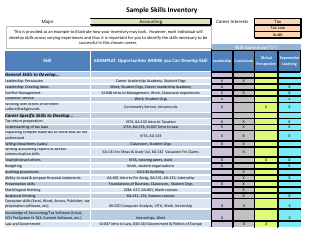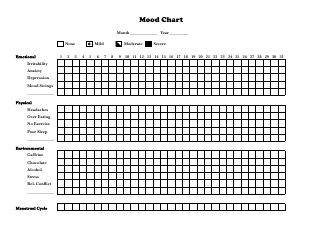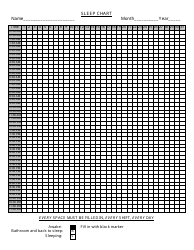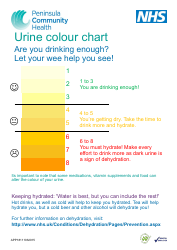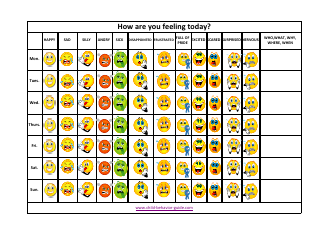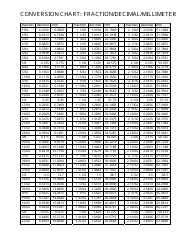Breastfeeding Chart
A breastfeeding chart is designed to help new parents keep track of feeding sessions for their newborns. This can be especially useful in the early days after the baby's birth when everything can be a little chaotic. The chart typically includes information like the time of feeding, which breast was used (if applicable), how long the baby fed, and any additional notes about the feeding (like if the baby seemed still hungry or refused the breast). This can help parents ensure that their baby is eating enough throughout the day and can provide useful information for pediatrician visits.
The breastfeeding chart is typically filed by healthcare professionals such as pediatricians, nurses, lactation consultants, or other healthcare providers involved in the care of the mother and newborn. In hospital settings, the chart may be part of the baby's medical record. It tracks feeding times, duration, latch, and other important information relating to the baby's feeding patterns. It's crucial in ensuring the baby's health and adequate growth and development.
FAQ
Q: What is a breastfeeding chart?
A: A breastfeeding chart is a guide used by new mothers to track their baby's feeding times. It often includes information about when and how long the baby was fed, on which side, and any other observations.
Q: What is the purpose of a breastfeeding chart?
A: The purpose of a breastfeeding chart is to monitor and ensure the baby is eating enough. It also helps in identifying patterns and habits.
Q: How often should a newborn be breastfed?
A: There's no fixed rule, as every baby is different. However, as a general guideline, newborns should be breastfed every 1 to 3 hours or 8 to 12 times in 24 hours.
Q: How long should a breastfeeding session last?
A: A breastfeeding session can last anywhere from 10 to 45 minutes. However, most babies feed for about 20 to 30 minutes.
Q: How do I create a breastfeeding chart?
A: A breastfeeding chart can be created using a notebook or an app. The chart should include columns for the date, time, durations of feeding, and notes about the baby's behavior, diaper changes, etc.
Q: What is cluster feeding?
A: Cluster feeding is when a baby feeds several times in a short period. It's common in the late afternoon or early evening and often occurs in newborns.
Q: Is breastfeeding beneficial for the mother?
A: Yes, breastfeeding has several benefits for the mother. It can help in postpartum weight loss, reduce the risk of certain cancers, and strengthen the bond with the baby.
Q: Why does a baby nurse more at night?
A: Babies often nurse more at night due to growth spurts or developmental leaps. They may also nurse more during nighttime to increase the mother's milk supply.
Q: What should a breastfeeding mother eat?
A: A breastfeeding mother should eat a healthy and balanced diet, which includes plenty of proteins, fruits, vegetables, and whole grains, and stay well-hydrated.
Q: What can affect breastfeeding?
A: Several factors can affect breastfeeding like the mother's diet, stress levels, and medication. The baby's health, latch, and feeding patterns can also impact breastfeeding.




